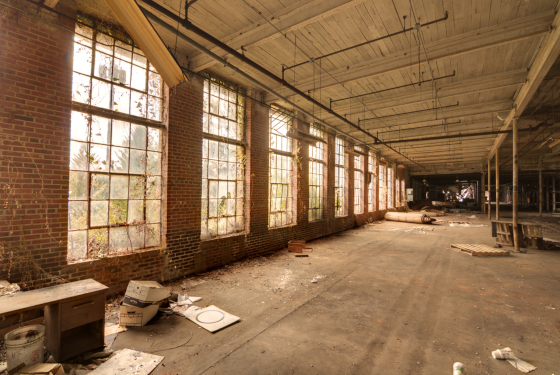
Dilapidations in Commercial Leases
5/20/2019
Beware! Dilapidations, the hidden expense in a commercial lease
When a tenant enters into a commercial lease, the last thing they it think about is the cost of dilapidations when the lease comes to an end.
It is very important that the condition of the premises is carefully considered at the outset and how the wording of the lease treats this as these aspects can have considerable financial implications on termination of the lease.
A landlord might consider it is imperative to ensure the property is maintained in good order and repair and in tenantable condition. These are words that are frequently found in full repairing and insuring leases. However, these are very general expressions and the landlords understanding of what good order and repair and in tenantable condition is, is likely to be very much different to that of the tenant.
Before a tenant enters into a commercial lease, particularly the common “full repairing and insuring” lease we commonly find in Scotland, it is very important that serious consideration is given to the condition of the premises. The reason for that is simple – the condition the premises are currently in might not be the same condition as the landlord expects them to be in on termination of the lease!
Best practice dictates that the tenant should obtain a report on the condition of the premises that can be used as a reference point and this should generally be obtained from a chartered building surveyor. If the report highlights wants of repair, we would recommend that the landlord should be asked to deal with these in advance of the tenancy or they be excluded from the repairing obligations. Such a report also allows reference to be made to it in the lease thus excluding any pre-existing issues for which the tenant can no longer be held responsible.
During the course of the lease, it is important that the tenant ensures that the premises are maintained properly and not allowed to deteriorate. If the premises are allowed to deteriorate, this simply stokes up problems when the lease comes to an end.
Before the lease comes to an end, it would be prudent to review the condition of the premises and deal with any aspects of repair that might give the landlord cause to serve a schedule of dilapidations. If you do this and discuss these repairs with the landlord and seek its agreement, the less chance there is that such items will appear on any schedule of dilapidations.
Care, too, should be taken in relation to any alterations to the premises as the lease may require the tenant to return the premises to the condition they were in when the lease commenced – and if this isn’t done, reinstatement of the premises can also feature on a landlord’s schedule of dilapidations.
Finally, when a schedule of dilapidations is server, the landlords aim may not be to simply have the premises put into good order and repair but to extract a financial penalty from the tenant without actually then carrying out any repairs works at all, perhaps hoping another tenant will accept the premises in the condition that the leaving tenant leaves them in – and that just perpetuates the cycle!
It is very important for a tenant to appreciate the financial impact of repairing obligations in a commercial lease and the heavy costs involved should a schedule of dilapidations be unexpectedly served following termination of the lease.
If you would like to discuss a liability issue you have regarding dilapidations or otherwise wish to discuss the terms of a commercial lease, please get in touch with us.